Customer case of cucumber grower MTS Hendrickx
Sharing data keeps us sharp
MTS Hendrickx from Breda cultivates two hectares of cucumbers and is doing so in an increasingly sustainable way. To address the challenges related to energy, grower Jan Hendrickx entered into a dialogue with Ledgnd. By using sensors and the MyLedgnd platform, he is now gaining more and more insight into the plant, allowing him to gradually take control of the growth process.
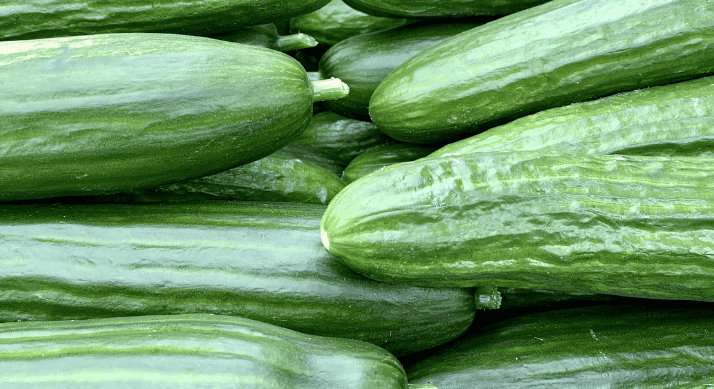
Quality remains the foundation
In recent years, Jan Hendrickx has become increasingly focused on energy consumption in the greenhouse. “Since the energy crisis, that has really become our biggest challenge,” he says, referring to the rising costs. “But everything also needs to become more sustainable, so it’s a matter of figuring out what makes the most sense for the future.” Hendrickx had a double energy screen installed and uses a CHP system, but step by step he wants to keep improving to become greener and save more. “Our goal is to use less heat in the greenhouse. We’re constantly trying to push the limits a bit further. But that also requires a different approach to growing than what we were used to. Quality remains the foundation. The choices we make should never come at the expense of the product. That limits what’s possible.”
Genuine insight through sensors
A year ago, Hendrickx came into contact with Ledgnd, the brand-independent expert in light and data integration for greenhouse horticulture. “At first, we spoke over the phone, and later they provided a more detailed explanation in person,” he explains. Hendrickx was particularly interested in MyLedgnd, Ledgnd’s software platform. MyLedgnd collects data on the crop and climate, and provides growers with advice on how to optimize their cultivation strategy. “We don’t use artificial lighting in our greenhouse, so we didn’t need Ledgnd’s help in that area. For us, the main goal was to gain insight into the climate and the crop. We often talk about having a green thumb, but at the end of the day, we’re only human. We might think we’re doing well, but with sensors, you can truly gain insight into what’s actually happening in the greenhouse.”
After a demonstration of MyLedgnd, Hendrickx was quickly convinced. “It’s a clear and user-friendly system, and there’s a great deal of expertise within the Ledgnd team. Not only in terms of technology, but also in plant physiology. They’re very good at translating the collected data into insights about how the plant responds to certain changes and where the limits lie. It gives us the opportunity to learn more about the plant. That’s why we decided to just go for it and see what it brings us.”
The process takes time
Thanks to MyLedgnd, Hendrickx can now see what more or less light does to the plant. “But we’re also learning a lot about things like leaf temperature, CO2, humidity, and soil temperature. We already received some of that information from the climate computer, but now we can support it with data. And with those insights, we can manage the plants in the greenhouse more effectively.” Though according to Hendrickx, that’s easier said than done. “Gaining insight is one thing; acting on it is the next step. That’s the process we’re in the middle of right now. You first need to collect enough data and gain experience with the system before you can really move forward. That takes time. But we’re getting good support from Ledgnd. They help us interpret the data and translate it into an optimal greenhouse climate. And that’s already helping us achieve results, step by step.”
As examples, Hendrickx mentions light radiation and leaf temperature. “Those were aspects that immediately provided insights, and we were able to respond fairly quickly by adjusting the way we use screens in the greenhouse.” However, Hendrickx is not yet ready to share hard figures on the savings MyLedgnd has delivered. “It’s still too early for that. But I have come to realize that in the past we were often too focused on the plant, while the data now shows that the plant can actually handle much more than we always thought. In that sense, MyLedgnd is helping us, in a way, to have a conversation with our plants.”
“It’s a clear and user-friendly system, and there’s a great deal of expertise within the Ledgnd team. Not only in terms of technology, but also in the field of plant physiology.”
User-friendly
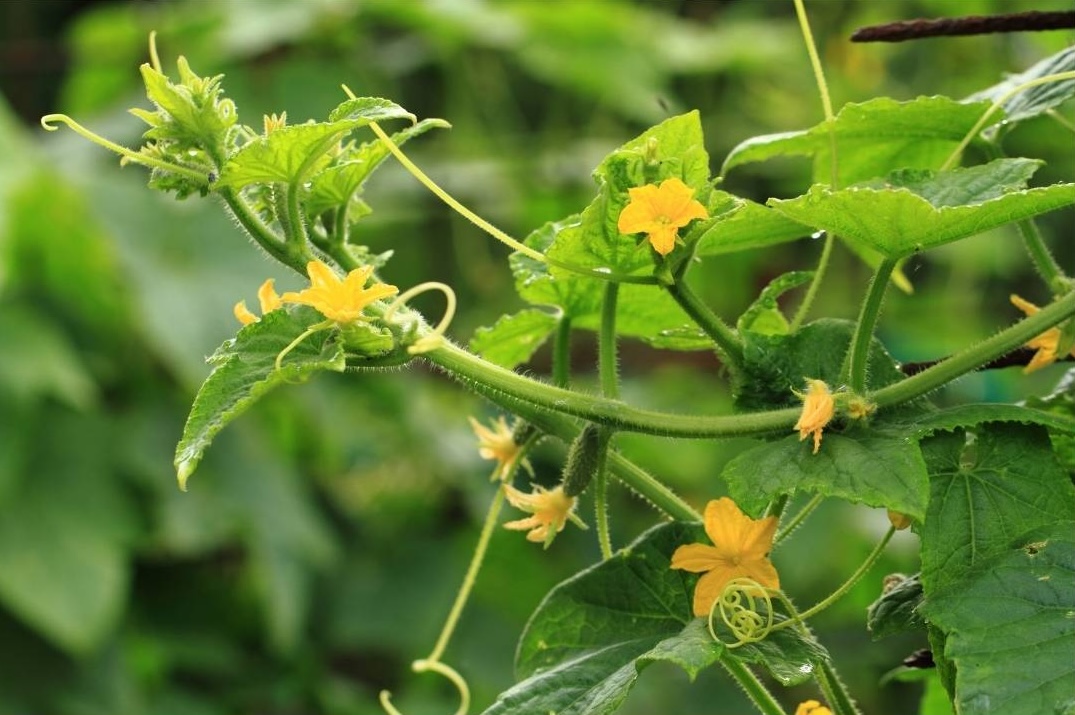
At the farm in Breda, about eight sensors have been installed. Hendrickx regularly checks to make sure they are still positioned correctly and ensures the sensors grow along with the plants. “But other than that, there’s hardly any maintenance. MyLedgnd is also a great platform to work with. Of course, it took some getting used to at first, but it’s very user-friendly and clear, so you don’t need to have any extensive technical knowledge.” He therefore recommends MyLedgnd to fellow growers. “If you want better insight into what’s happening with the plants in your greenhouse, this is the way to go. We haven’t set a specific goal or deadline for ourselves, but we’re seeing how it develops. That said, of course we do hope to achieve energy savings in the long run, that goes without saying.”
From our news- and knowledgebase
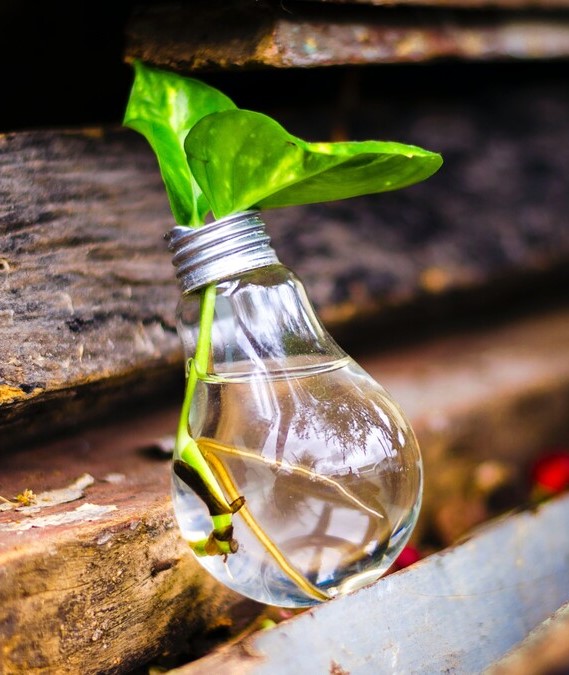
Which plant feedback systems are there?
Greenhouse horticulture is undergoing a transformation: we are moving from climate controlled greenhouses to plant driven greenhouses. This means that we are steering based on the crop’s real time nee…
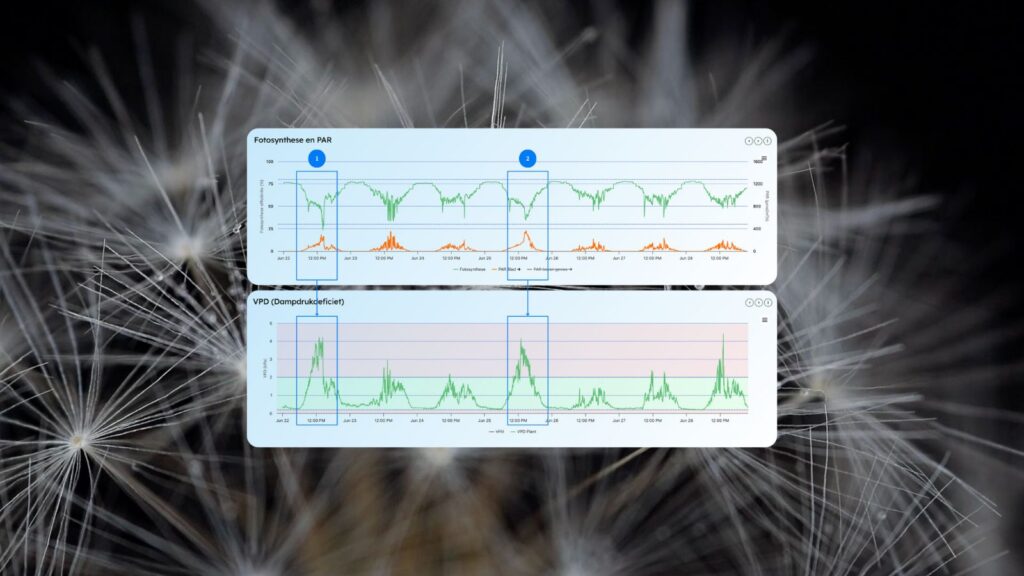
Invisible plant stress Part II – How VPD helps detect early stress
In the greenhouse, everything may look green and healthy. However, sometimes there’s a hidden problem that’s barely visible to the naked eye: plant stress. Stress that doesn’t show immediately but sti…
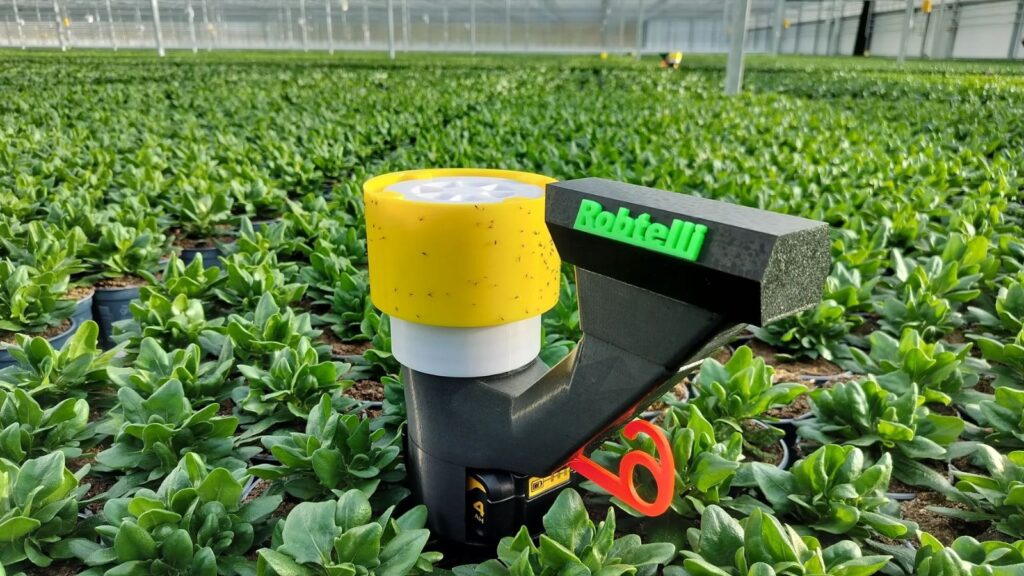
New API connection brings Robtelli’s pest data directly into MyLedgnd
With the new integration between Robtelli and MyLedgnd, growers can now manage their pest control in a fully automated and data-driven way. Where previously trap data had to be entered manually, daily…
Do you want to know more?
Curious about what Ledgnd can do for you? Leave your phone number, and we’ll get in touch as soon as possible for a no‑obligation informational chat.

